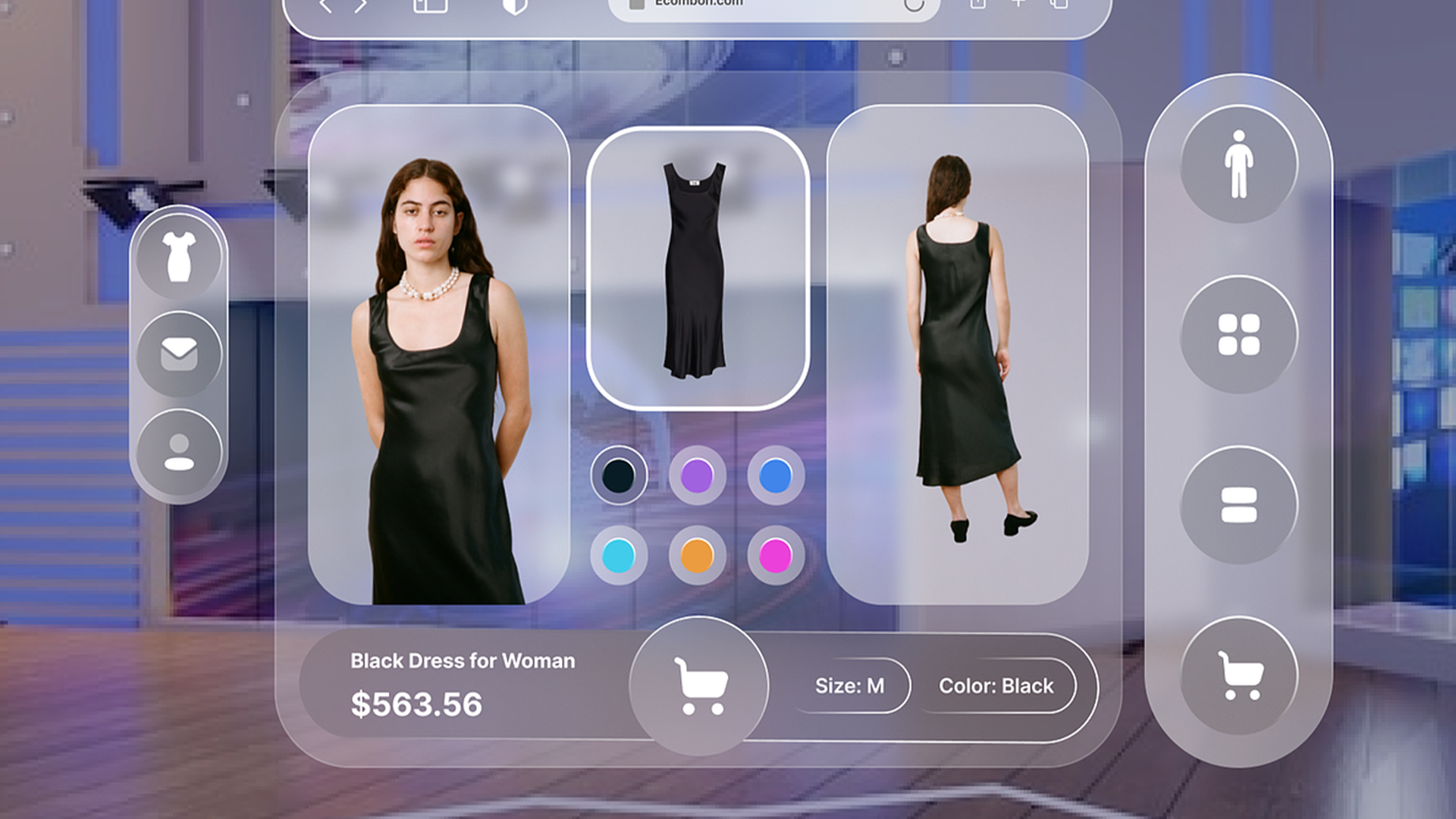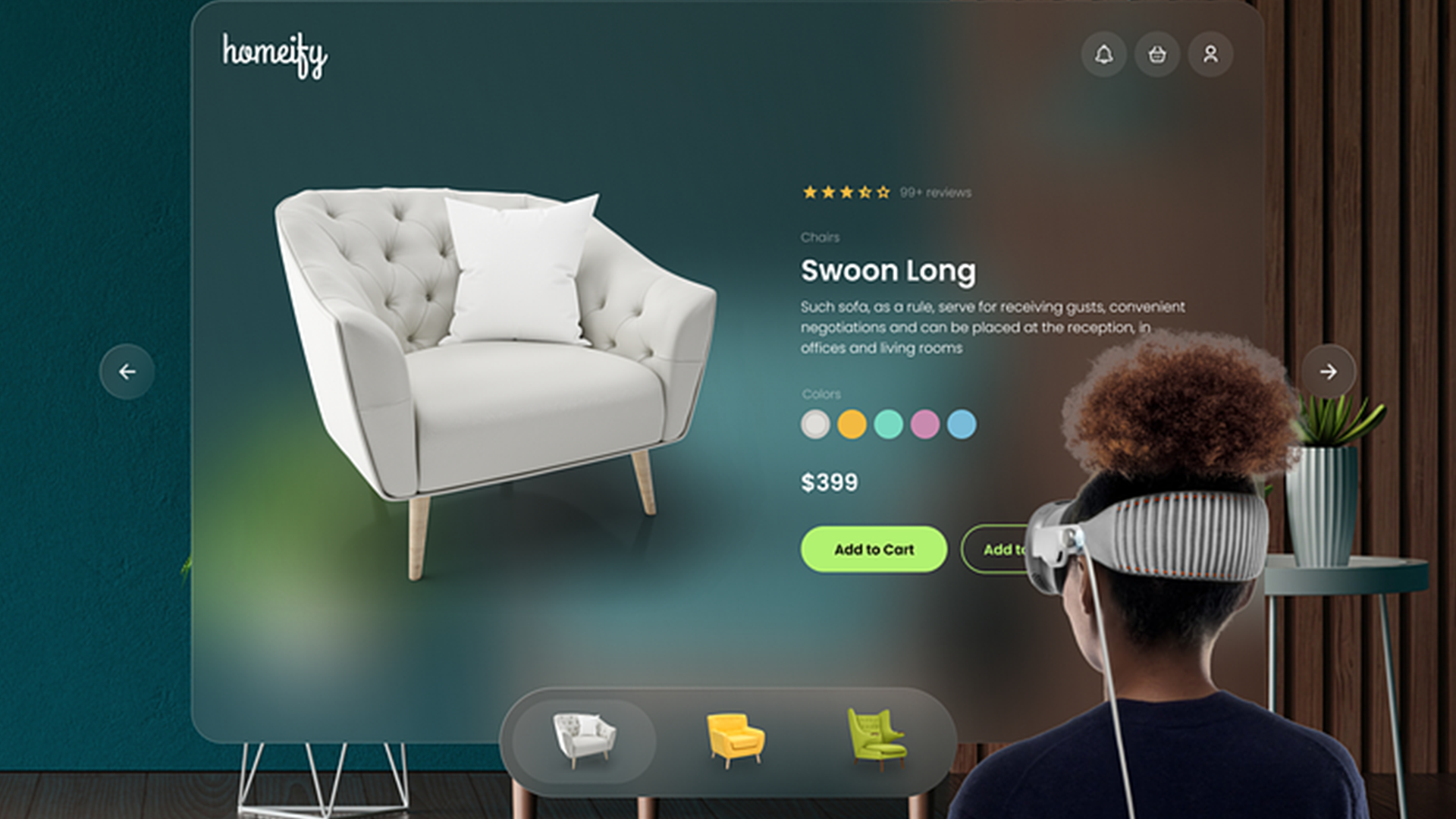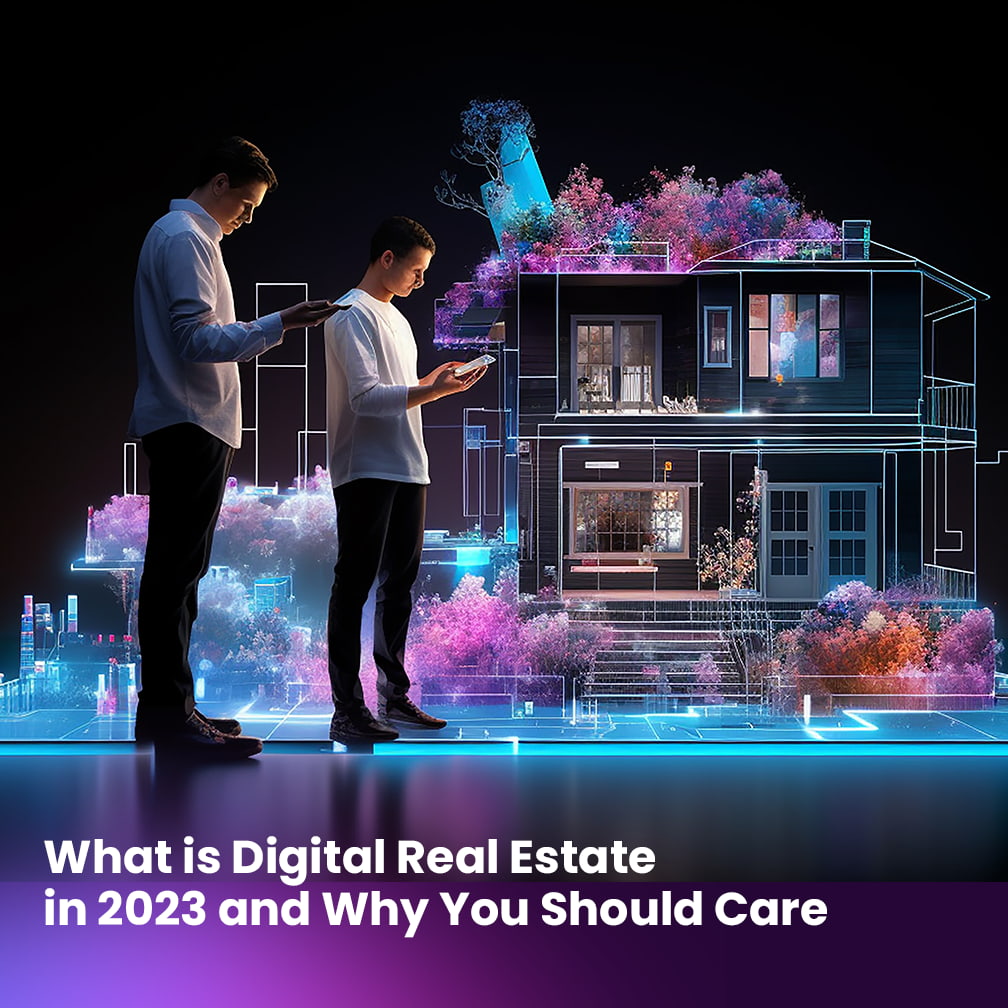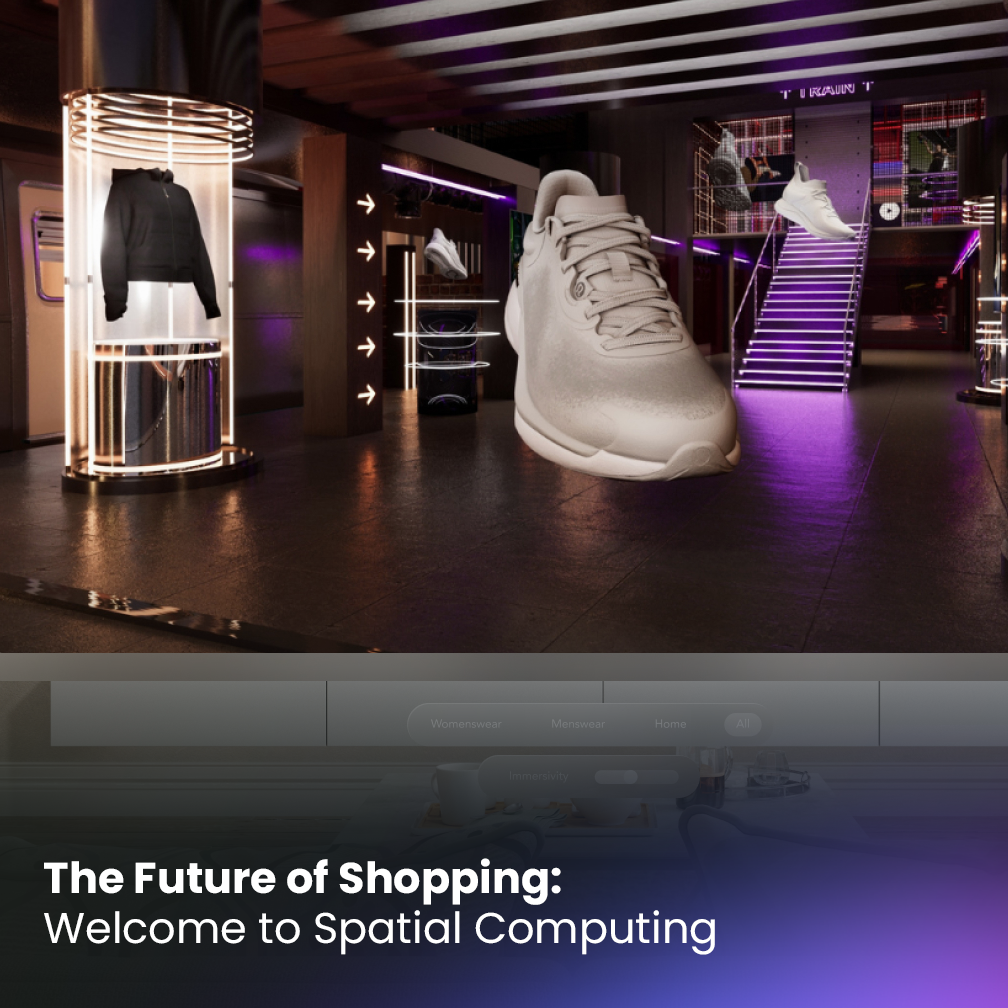Revolutionizing Retail: Spatial Computing’s Impact on E-commerce Platforms

Table of contents
Introduction
In the rapidly evolving landscape of e-commerce, the integration of cutting-edge technologies has become instrumental in reshaping the way consumers shop online. Among these technologies, spatial computing stands out as a game-changer, offering immersive and interactive experiences that bridge the gap between digital and physical retail environments. In this blog post, we’ll delve into how spatial computing is revolutionizing e-commerce platforms, transforming the online shopping experience for both retailers and consumers alike.
In today’s digital age, the world of retail is undergoing a transformative shift, thanks to the advent of spatial computing technologies. These cutting-edge innovations are not only reshaping how we interact with digital information but also revolutionizing the e-commerce landscape, creating immersive and engaging shopping experiences for consumers worldwide.
Enhanced Shopping Experiences
Imagine being able to virtually try on clothes before making a purchase, or visualizing how a piece of furniture would look in your living room, all from the comfort of your home. With spatial computing, these scenarios are becoming a reality. E-commerce platforms are leveraging technologies like augmented reality (AR) and virtual reality (VR) to provide customers with interactive and personalized shopping experiences.

Increased Engagement
One of the key advantages of spatial computing in e-commerce is its ability to drive user engagement. By offering immersive product visualizations, 360-degree views, and interactive demos, retailers can capture the attention of potential buyers and keep them engaged throughout the shopping journey. This heightened level of engagement translates into higher conversion rates and increased customer satisfaction.
Driving Sales
At its core, spatial computing is about creating seamless connections between the digital and physical worlds. This integration is proving to be a game-changer for e-commerce platforms, as it enables them to showcase products in a more compelling and realistic manner. Whether it’s showcasing detailed product features, demonstrating functionality, or providing virtual tours of retail spaces, spatial computing is driving sales by helping customers make informed purchasing decisions.

Case Studies and Examples
Several leading e-commerce companies have already embraced spatial computing to enhance their platforms. For instance, furniture retailers are using AR apps that allow customers to see how furniture pieces would look in their homes before buying. Fashion brands are leveraging VR technology to create virtual fitting rooms where shoppers can try on clothes virtually. These initiatives not only improve the overall shopping experience but also reduce returns and increase customer satisfaction.

Future Trends
Looking ahead, the integration of spatial computing into e-commerce is expected to grow rapidly. Advancements in AR/VR hardware, coupled with evolving software capabilities, will enable even more immersive and realistic experiences for online shoppers. We can expect to see innovations such as virtual showrooms, AI-powered product recommendations, and enhanced social shopping experiences become commonplace in the near future.
In conclusion, spatial computing is reshaping the e-commerce landscape by offering enhanced shopping experiences, driving engagement, and ultimately, boosting sales. As retailers continue to harness the power of these technologies, we can anticipate a future where online shopping feels just as immersive and interactive as shopping in a physical store.
Conclusion
As we look to the future of e-commerce, spatial computing emerges as a powerful tool that enables retailers to create immersive, personalized, and engaging shopping experiences. By leveraging AR, VR, and other spatial computing technologies, e-commerce platforms can drive sales, enhance customer satisfaction, and stay ahead in a competitive market. The continued evolution of spatial computing promises to redefine the online shopping landscape, making it more intuitive, interactive, and enjoyable for consumers worldwide.
FAQs
What is spatial computing, and how does it relate to e-commerce?
Spatial computing refers to technologies that blend digital information with the physical world, such as augmented reality (AR) and virtual reality (VR). In e-commerce, spatial computing enhances the online shopping experience by offering interactive product visualizations, virtual try-on capabilities, and immersive product demonstrations.
What are some examples of spatial computing in e-commerce?
Examples include AR apps that allow customers to virtually try on clothing, VR experiences for exploring product features in detail, interactive 3D product models, and virtual showrooms for furniture and home decor.
How does spatial computing drive engagement and increase sales in e-commerce?
By providing immersive and interactive experiences, spatial computing captures the attention of shoppers, keeps them engaged throughout the shopping journey, and ultimately leads to higher conversion rates and customer satisfaction. Features like virtual try-ons and detailed product visualizations help customers make informed purchasing decisions.
What are some future trends we can expect in spatial computing for e-commerce?
Future trends may include advancements in AR/VR technology, AI-driven personalized shopping experiences, virtual shopping assistants, enhanced social shopping features, and seamless integration of spatial computing across multiple devices and platforms.








